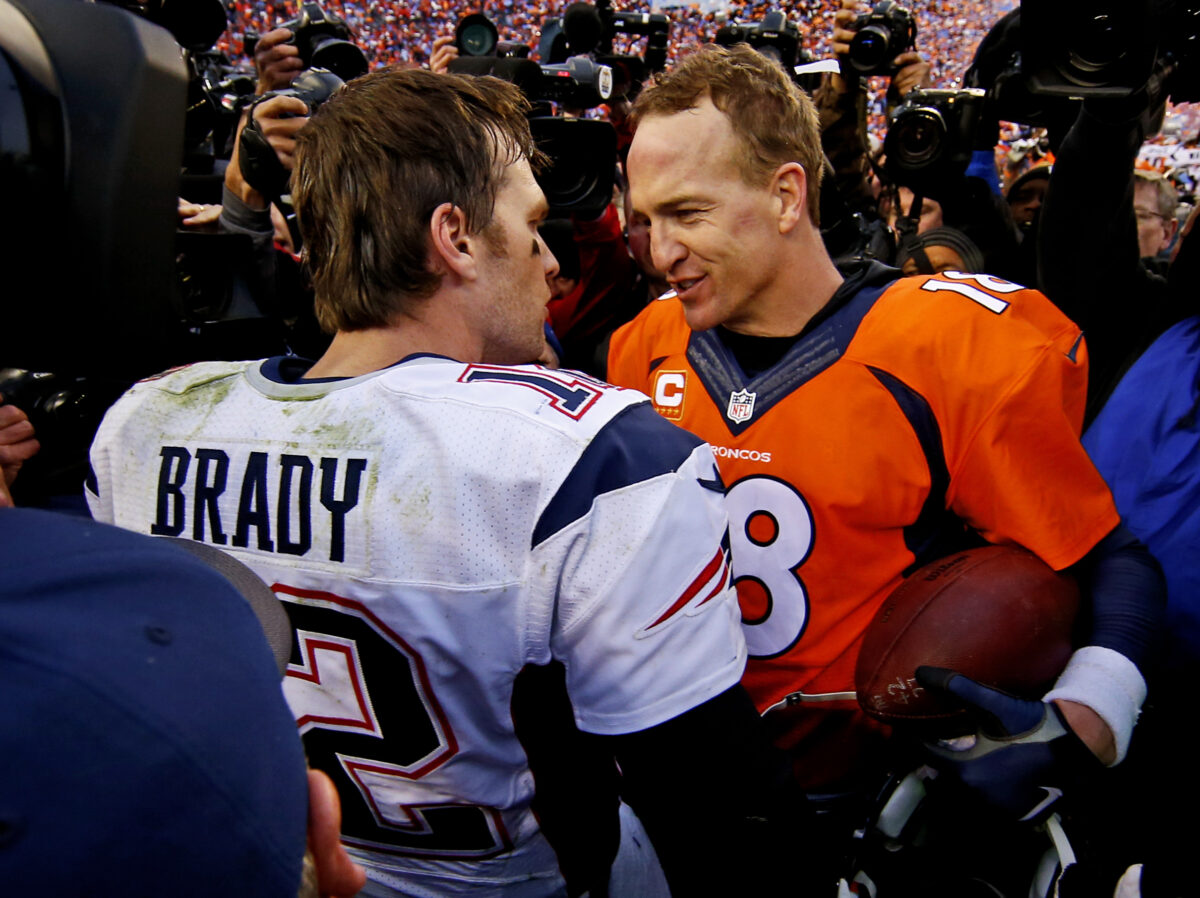For some quarterbacks, it’s easier to define and regulate a defense with the use of pre-snap shifts and motions. By disrupting the defense with moving personnel, the quarterback can play “spot the Huckleberry,” picking apart a defender who may not have gotten the pre-snap check in time.
Other quarterbacks through recent history would prefer to come to the line of scrimmage without any of that stuff — they want to have a stable and static offensive alignment, read the defense, and go from there.
For Tom Brady and Peyton Manning, perhaps the two greatest quarterbacks in pro football history, the verdict on pre-snap motion was quite different. As Greg Cosell of NFL Films and ESPN’s NFL Matchup explained in this week’s episode of “The Xs and Os with Greg Cosell,” Manning would prefer that things stayed stuck pre-snap.
“Motion is obviously a really good thing to do, but keep in mind — defenses do move when there’s motion, and not every quarterback loves that. Because a lot of quarterbacks like to have the ball snapped where everybody was where they were before the snap of the ball. We always assume it’s bad for the defense, but if the quarterback feels like he’s uncertain on a pass play, and he’s uncertain as to what that movement will result in, it could be disguise and late movement. If your quarterback is uncomfortable with that, you don’t want to do motion. Because the last thing you want is for your quarterback dropping back and being uncertain and hesitant and tentative.
“We always assume that motion’s great, and the numbers for some teams are wonderful. But some quarterbacks want the defense to be… hey, I’m going to get the ball, and they’re exactly where I know they’re going to be.”
Bruce Arians, who was Manning’s quarterback coach from 1998 through 2000 with the Indianapolis Colts, and Brady’s head coach with the Tampa Bay Buccaneers in 2020 and 2021, the difference was pretty clear.
Bruce Arians on pre-snap motion pic.twitter.com/JYYKox0hRL
— Doug Farrar ✍ (@NFL_DougFarrar) December 3, 2020
“Peyton didn’t want anybody to move,” Greg said. “He wanted Marvin Harrison on the right and Reggie Wayne on the left, and that’s how they were going to play. He knew where the defense was, and he could figure out the defense.”
You can watch Greg and Doug discussing it here…
[mm-video type=video id=01h29rt9kkgc2qq700nc playlist_id=none player_id=none image=https://images2.minutemediacdn.com/image/upload/video/thumbnail/mmplus/01h29rt9kkgc2qq700nc/01h29rt9kkgc2qq700nc-2a51fff91551958c74b12cc430dd2169.jpg]
…and listen and subscribe to the “Xs and Os” podcast on Spotify…
…or on Apple Podcasts.

